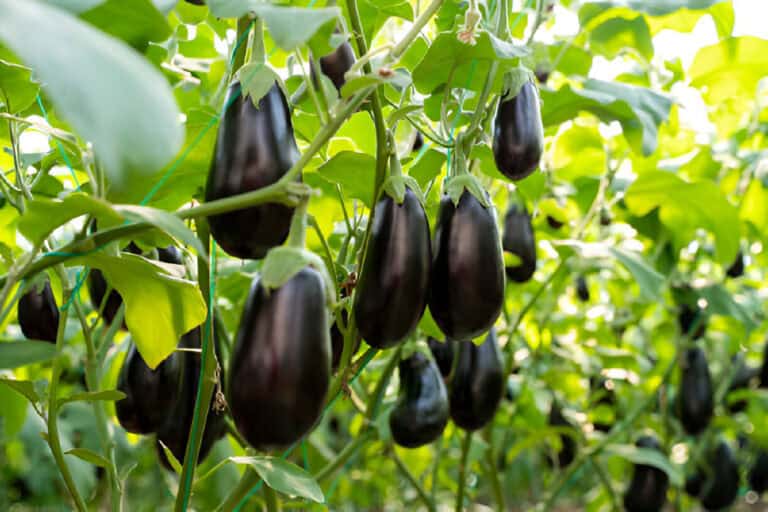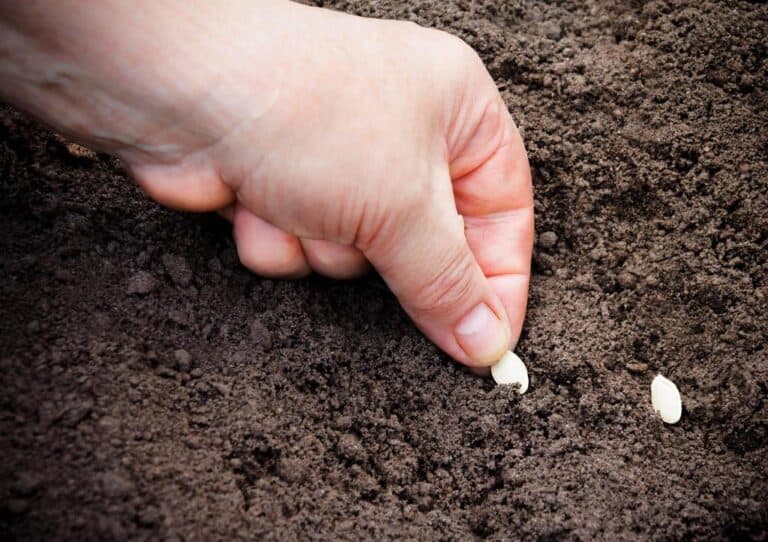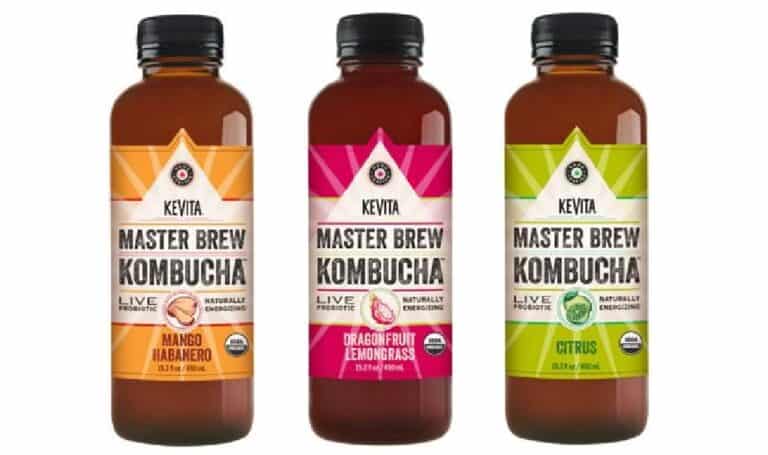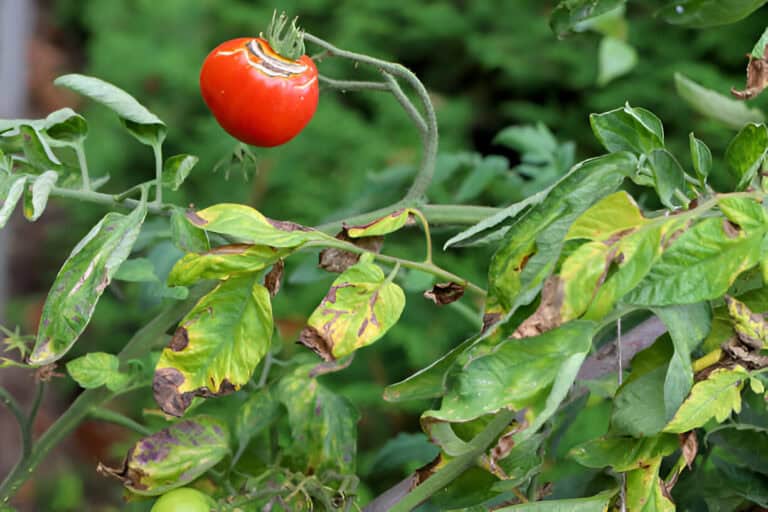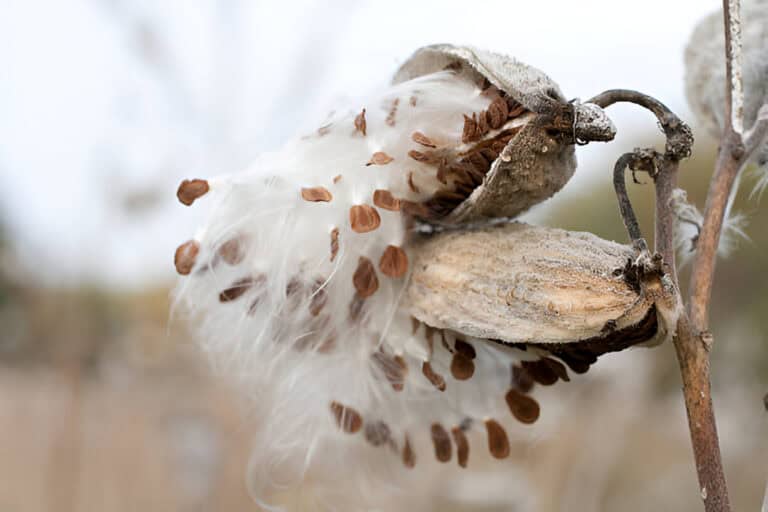Are Bell Peppers Fruit or Vegetable? Understanding Their Classification
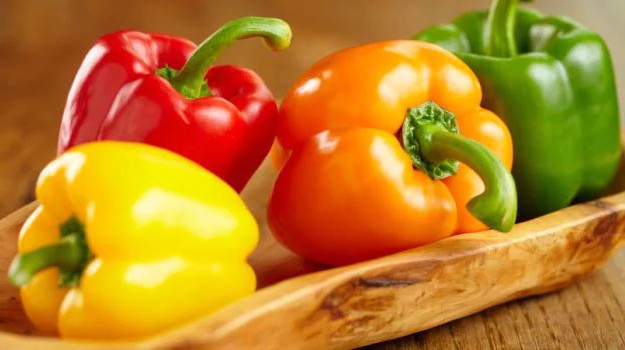
Bell peppers, also known as sweet peppers, are used as vegetables in many dishes around the world. The bell pepper is named for its tapered-shaped characteristic — bell-like shape.
Bell peppers come in many different colors. The most common color is red, followed by green. You will find them in other colors too like yellow, orange, brown, white, and dark purple. There are several colors available, however they are rarely seen in major stores.
There is some confusion about whether bell peppers are fruits or vegetables. Bell peppers are botanically fruits, but they are considered vegetables in the culinary world.
So in this article, I will examine and try to find out whether bell peppers are fruits or vegetables. I will analyze and classify based on several important areas: botanical, horticultural, culinary, cultural, dictionaries, and legal.
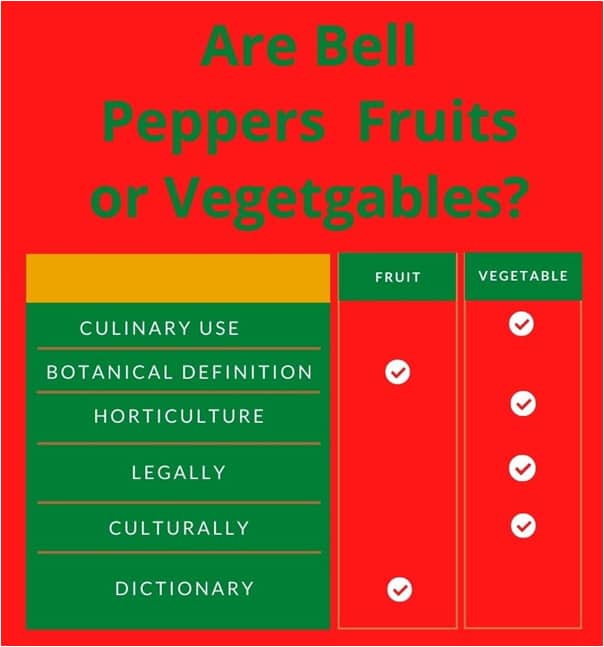
Bell Peppers Are Botanically a Fruit
In botany, a fruit is the seed-bearing structure of a plant that forms from the ovary of a flowering plant. In botany, vegetables are all the other parts of the plant that are not involved in reproduction, including the roots, stems, and leaves.
By definition, bell peppers are botanically fruits because they develop from the ovary of the plant. The bell pepper is a fruit because it has seeds, and the seeds are enclosed in a pericarp.
To go a step further, bell peppers are scientifically classified as berries. A berry is a fruit that has a fleshy exterior and is produced from the ovary of a single flower.
Other berries include cucumbers, eggplants, tomatoes, and grapes. Things that we commonly refer to as “berries” like strawberries and raspberries, do not fall into the botanical category of “berries.”

Bell peppers are the only plant from the Capsicum family to contain zero capsaicin, the main ingredient in pepper spray. So they’re definitely a fruit or vegetable and not a weapon.
Bell peppers fall into the species Capsicum annuum along with jalapenos, cayenne peppers, and chiles.
Capsanoid chemicals, mainly capsaicin, create the burning sensation and sometimes indigestion that go along with hot peppers. Capsaicin is also the main ingredient in pepper spray. Bell peppers are the only Capsicum fruit that has zero capsaicin.
Bell Peppers Are Horticulturally a Vegetable
Horticulture is the practice of growing plants for human consumption, either as food or for other non-food uses. Horticulture is similar to agriculture but differs in the diversity of crops grown and the smaller scale of production.
In horticulture, a vegetable comes from a herbaceous annual plant and fruits come from woody perennials. The annual plants grow and die off every year and are herbaceous with pliable stems and branches. Woody perennials are hardy and come back year after year. Their stems and branches are more durable and sturdy.
So in horticultural, the products from a pepper plant that are annual herbaceous plants are vegetables, and the products from a woody perennial like an apple tree is a fruit.
Bell Peppers In Culinary Use
In culinary use, vegetables and fruits are categorized based on taste and texture as well as when they are served. A vegetable dish typically has a more mild and savory flavor and is served as a main dish or side during the main meal. The fruit has a sweet or tart flavor with a softer texture and is served as a dessert, snack, or juice.
Bell peppers can be stuffed with a variety of fillings or used as toppings on pizzas or salads. They can also be cooked in different ways, such as roasted, grilled, or sautéed.
Bell peppers can be pureed and mixed into a cheesecake or made into an upside-down cake, but I’ve never seen it. I’ve never had any dessert dish with bell peppers and almost always had them with fajitas, some other stir-fry or stuffed bell peppers.
Bell peppers are simply not very sweet and are typically served with the main dish. With this in mind, bell pepper is culinary a vegetable.
Are Bell Peppers Legally Considered a Fruit or Vegetable?
In 1893 a trial, Nix v. Hedden, made its way to the Supreme Court. In this case, the plaintiff alleged that tomatoes plants were fruit and not vegetables and that, as such, he should not be required to pay the 10% import tariff on vegetables when importing tomatoes.
Under the Tariff Act of March 3, 1883 there was no charge on importing fruits while vegetables had a 10% import tax on them.
“Vegetables in their natural state, or in salt or brine, not specially enumerated or provided for in this act, ten percentum ad valorem,” and fruits “Fruits, green, ripe, or dried, not specially enumerated or provided for in this act.”
Tarrif Act of March 3,1883
During the case, testimony was given by merchants that dealt in vegetables and fruits. The merchants were asked the common terms they used when talking about fruit and vegetable merchandise while bargaining with customers and other vendors.
After this, the plaintiff and defendant both read definitions from the Webster’s Dictionary that supported their case. The defendant’s counsel read from Webster’s Dictionary the definitions of the words “pea,” “egg plant,” “cucumber,” “squash,” and “pepper.” The plaintiff then read from Webster’s and Worcester’s dictionaries the definitions of “potato,” “turnip,” “parsnip,” “cauliflower,” “cabbage,” “carrot,” and “bean.”
The court recognized that, botanically, tomatoes were a fruit. But, they ruled that tomatoes are a vegetable and stated the two main reasons for this as being
- Tomatoes are commonly referred to as vegetables in the discussion.
- Consumption of tomatoes occurs during the main course of meals and not as a dessert.
The court also referenced a case from 1889 in which the plaintiff tried to get out of paying a tariff on imported beans by calling them seeds.
Since tomatoes were legally ruled a vegetable because of their use in culinary and is commonly referred to as a vegetable, I think it’s safe to say the court would rule the same way if bell peppers were the subject.
So, legally, bell peppers are considered vegetables.
Fruit or Vegetable – Straight From the Dictionary
Turning to Merriam-Webster’s dictionary for a definition seems to make sense. According to Merriam-Webster, a bell pepper is defined as “sweet pepper” and sweet pepper is defined as “any of various large, mild, thick-walled capsicum fruits“. The dictionary looks to be calling bell peppers fruits. Let’s look a little deeper.
According to Merriam-Webster’s dictionary, a vegetable is “a usually herbaceous plant (such as a cabbage, bean, or potato) grown for an edible part that is usually eaten as part of a meal”.
The definition of fruit is “the usually edible reproductive body of a seed plant, especially one having a sweet pulp associated with the seed”.
I think the answer here is mixed, but if we have to lean one way or another, it appears to me that the dictionary calls bell peppers a fruit.
Bell Peppers Culturally
If I walked outside and asked 100 people whether a bell pepper was a fruit or vegetable, I don’t think anybody would be shocked when there were more tallies on the vegetable side than on the fruit side.
At the grocery store, bell peppers are placed next to other vegetables. There are lots of different fruit pies, but I’ve never seen a bell pepper pie. I love fruit salads and have had many variations of them, but never one with bell peppers in it. Also, I’ve never seen a fruit basket full of bell peppers.
I think it’s safe to say that, as a culture, we think of bell peppers as a vegetable.
10 Facts About Bell Peppers
Bell peppers are a versatile vegetable that can be used in many different dishes. They are available in a variety of colors, including red, green, yellow, and orange. Bell peppers are a good source of dietary fiber and vitamin C. Here are some other facts about bell peppers:
- A red bell pepper has 300% more vitamin C than an orange. Maybe we should be drinking red bell pepper juice.
- Green bell peppers are the cheapest peppers because they are ready to pick before the ripened colored peppers.
- Vitamin C and carotenoid content continue to increase with ripeness.
- Green bell peppers are not ripe and will continue to ripen on the vine and turn a darker shade of green and then yellow, orange, red, or purple based on the variety.
- Bell peppers also contain vitamin A, potassium, fiber, iron, folate, molybdenum, vitamin E, dietary fiber, vitamin B2, pantothenic acid, niacin and potassium. They are also a good source of vitamin K, manganese, vitamin B1, phosphorus, and magnesium.
- Bell peppers are also called sweet pepper, pepper, or capsicum.
- Bell peppers originated in Central and South America.
- Bell peppers can be dried or pickled.
- China is the world’s #1 producer of bell peppers, followed by Mexico, Turkey, Indonesia, and the United States.
- Bell peppers have a recessive gene that eliminates capsaicin. This is why they are not hot pepper.
Are Bell Peppers Annual or Perennial?
Peppers, like their near cousin’s tomatoes and eggplants, are often regarded as annual vegetables in most gardens, despite the fact that they are truly tender perennial fruits. These tropical natives enjoy warm weather and rich soil.
The question often arises as to whether these plants are annual or perennial. The answer to this question depends on the variety of bell pepper. Some bell peppers are annual plants, while others are perennial.
Annual bell peppers typically germinate and grow quickly in the spring, producing fruit during the summer months. Once the fall temperatures arrive, the annual bell peppers will die off. Perennial bell peppers will germinate in the spring, but they will not produce fruit until the following year. Perennial bell peppers frequently have a more elongated shape than their annual counterparts.
Final Thoughts
Bell peppers are botanically fruits but are typically eaten as vegetables. They are members of the Capsicum genus in the nightshade family, Solanaceae.
Bell peppers are a versatile vegetable that can be used in many dishes. They are available in a variety of colors, including red, green, yellow, and orange. Bell peppers are a good source of dietary fiber and vitamin C.
Bell peppers are botanically fruits, but they are considered vegetables in the culinary world. This is because the seeds of bell peppers are not eaten. The term “fruit” refers to the ripened ovary of a flowering plant, and the term “vegetable” refers to all other parts of the plant that are edible. Bell peppers come in a variety of colors, including red, yellow, orange, and green.

